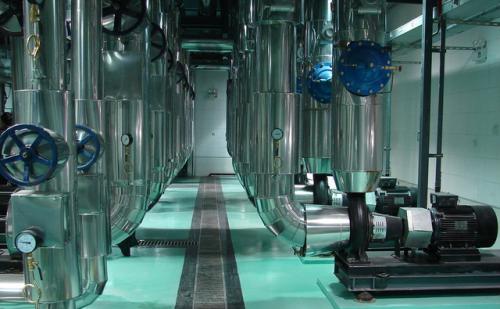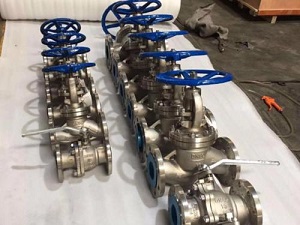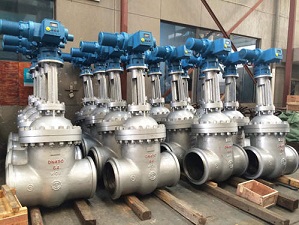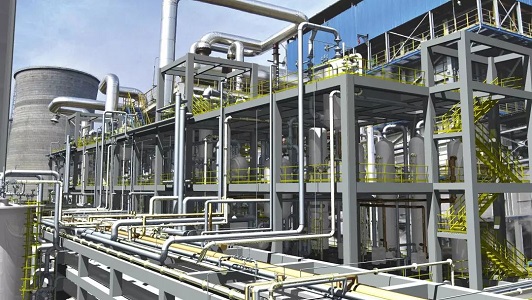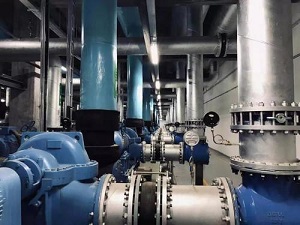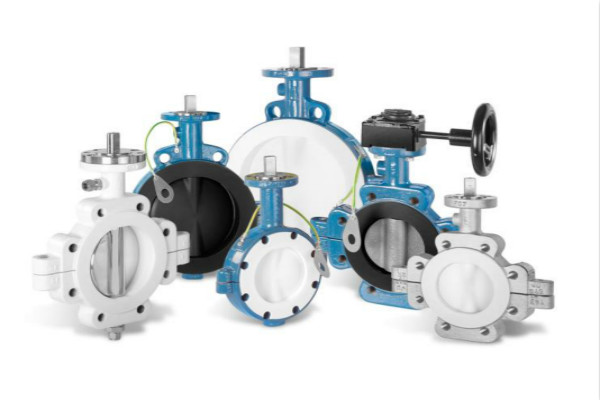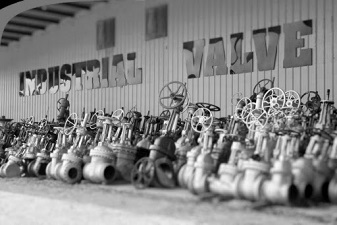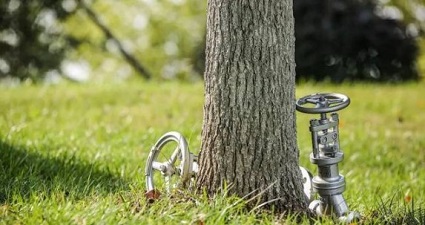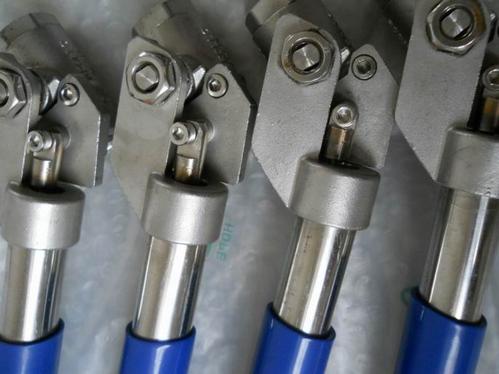Author: root
The Advantages of Sanitary Butterfly Valves
The advantages of sanitary butterfly valves include: 1. The butterfly valve rubber sealing and valve plates are imported, ensuring the performance and service life of the butterfly valve. 2. High-precision CNC is used to lathe the valve to ensure reliable interchangeability of the butterfly valve, saving the trouble of uncertain performance due to the change of […]
Read moreSome frequently asked questions about valves
1. Why are double-flap valves prone to oscillation when working under small amplitude conditions? For single-spool sanitary valves, when the medium is flow-open type, the valves are stable; when the medium is flow-closed type, the valves aren’t stable. Two-seat valve has two spools. The lower spool is in the flow-closed status, while the upper spool is […]
Read moreThe Role and Use of Ball Valves
What is the Role of Ball Valves? The opening and closing member of a sanitary ball valve is a round sphere with a hole. It uses the 0-90 degree back and forth movement of the ball core rotation around the axis of the valve stem to open or close the valve. Ball valves have many roles. Usually, […]
Read moreThe Use and Mechanism of Check Valves
The use of check valves: A sanitary check valve is a kind of sanitary valve that can automatically open and close without the need for human power or other operations. It relies on the flow of the pipeline medium to open or close. It’s mainly used to prevent the reverse flow of the pipeline medium, so it’s also called a […]
Read moreThe Basic Knowledge About Butterfly Valves
What is the purpose of the butterfly valve? A butterfly valve regulates flow by starting, slowing, or stopping media. The disk opens and closes with a low-torque rotation of 90 degrees and works for any compatible application. Because they cost less and are lighter weight, the butterfly valve is often preferred over other types of […]
Read moreWhat are the Various Types of Valves?
The use and variety of valves are wide, so it’s increasingly difficult to categorize valves. The type of valves is decided according to the actual working conditions. Generally speaking, there’re two categories of valves: 1. Automatic valves: Rely on the medium (liquid, gas) to operate on their own, such as sanitary check valves, safety valves, sanitary regulating […]
Read moreThe Difference Between Sanitary Valves and Ordinary Valves
What is the Difference Between Sanitary Valves & Ordinary Valves? The most significant difference between sanitary valves and ordinary valves is that sanitary valves are designed for applications requiring clean or sterile processing. Sanitary valves are commonly used in dairy, food, pharmaceutical, medical, and chemical applications. Standard features include easy cleaning, crevice-free, and polished contact […]
Read moreWhat is a Sanitary Valve?
What is a Sanitary Valve? A sanitary valve, as its name suggests, is a type of valve that meets specific health and safety standards for food, beverage, medical, and other applications. The sterile performance of sanitary valves is critical to maintaining the purity of the consumable products that flow through them. The valve body is […]
Read moreSanitary Ball Valves Structure And Types
A ball valve, as its name suggests, is one type of quarter-turn valve with a ball placed in the fluid path. The ball has a straight hole through it. When the hole is positioned in the same direction as the fluid path, the fluid is released, and when the hole is positioned perpendicular to the […]
Read moreGood Manufacturing Practices (GMPs) for Pharmaceutical Products
What is GMP? GMP (Good Manufacturing Practice) is a part of quality assurance that ensures that products are consistently produced and controlled to the quality standards appropriate to their intended use and as required by the marketing authorization. It is enforced in the United States by the US FDA, under Section 501(B) of the 1938 Food, […]
Read more
